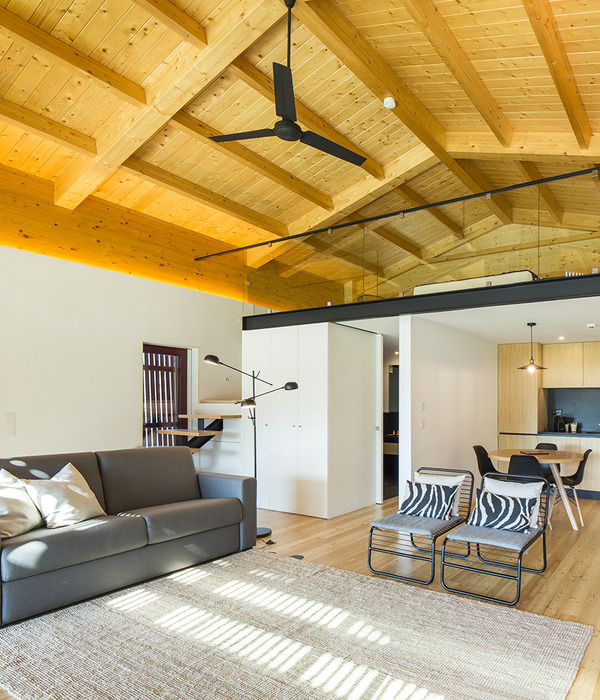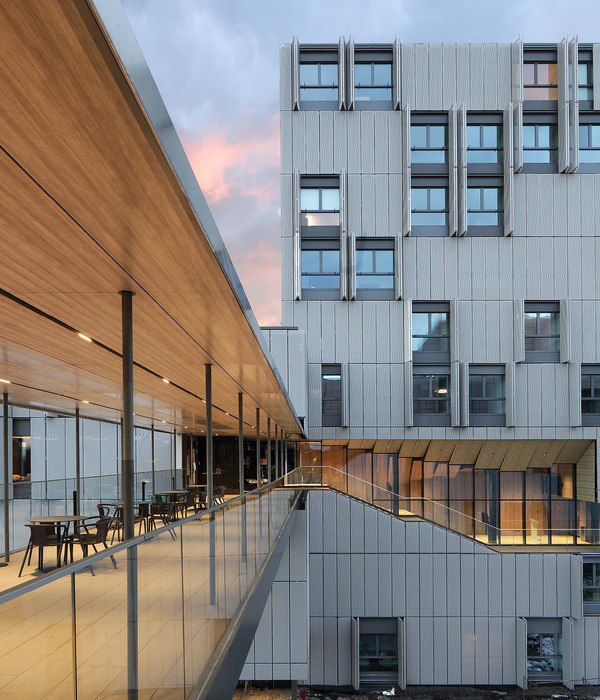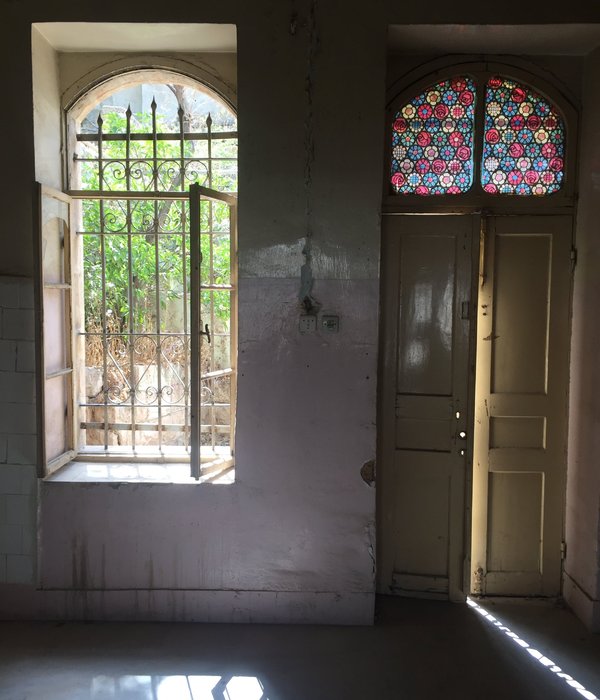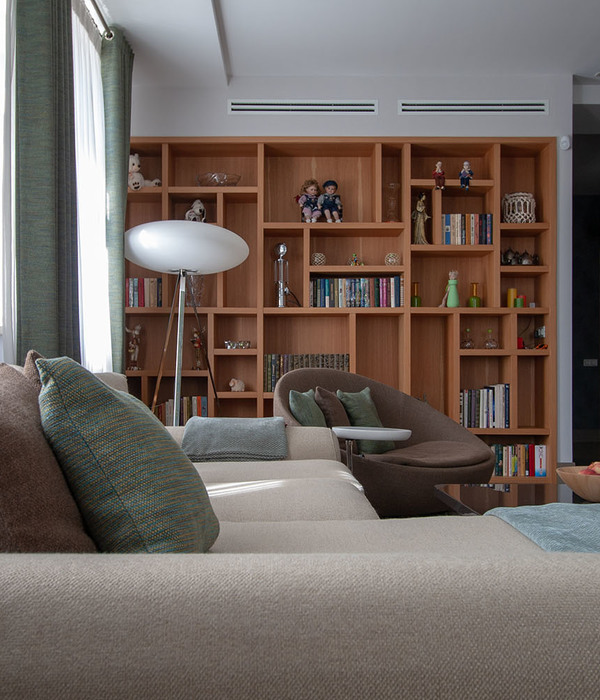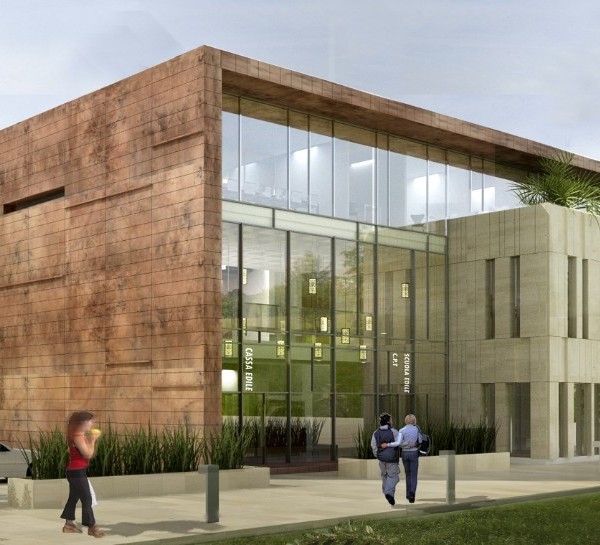We are excited to announce a new video series we’ve been hard-at-work producing, ‘Masters of Design’, in which we’ll be meeting architecture and design luminaries at home. For the first instalment, we meet architect Richard and chef Ruth Rogers at their house in Chelsea – watch the video here.
Richard Rogers is one of Britain’s most successful living architects. With a career now well into its fifth decade, in which time various iterations of his current practice, Rogers Stirk Harbour + Partners, have put out some of the most worlds most progressive, celebrated and enduring large-scale architecture – The Centre Pompidou, The Millennium Dome and Lloyd’s Building, to name a few – it is no overstatement to say Richard has had a profound and lasting impact on what our built environment can and should be.
But, more than an architect, Lord Rogers of Riverside, to give him his full title, is a public servant of sorts, one who was called upon by the British government to outline a new vision for English cities as chair of The Urban Task Force, one that has advised two consecutive London mayors on urbanism and one whose projects are guided by a belief that architecture should be a community-serving exercise, where space for people to come together is the top priority.
Such an understanding of the space around buildings as being as integral to their design as the physical architecture can be traced back to Richard’s earliest work, most notably in his scheme for The Centre Pompidou, which allocated half the site to a civic square, therefore integrating the building into its urban fabric. Incidentally, fellow starchitect Renzo Piano, who co-designed the scheme, said of his colleague, “Richard Rogers is a great architect. He is the only architect I know that can be a humanist at 9 o’clock in the morning, a builder at 11, a poet before lunch and a philosopher at dinner time.”
Dinner time for Richard is an enviable affair. If his work, as Design Museum director Deyan Sudjic writes, has, along with others of his generation, been a catalyst for a fundamental reassessment of architecture in Britain,” his wife, Ruth, has done the same with the way we think about food. Her Italian restaurant, The River Café, which she founded with the late Rose Gray in 1987, has been credited with making now-staple ingredients like olive oil and parmesan widely available, for teaching the likes of Jamie Oliver and Theo Randall how to cook, and as being the reason why concepts like ‘less is more’, ‘keeping it simple’ and ‘ingredient-led’ are the driving forces for a generation of chefs and restaurateurs, some of which we have met for our food series, ‘The Modern Menu’.
Like Richard, Ruth holds a view of her work as being human-focused. “People use restaurants as public spaces to do private things – there can be a lot of drama,” she has said, “We’ve had proposals, divorces and tears. I like restaurants that have booths and private spaces, but there is something special about big open dining rooms like ours, where you can see everyone, as well as the chefs.”
So, how do two eminent public figures who share an understanding of how communal spaces facilitate and influence human behaviour, translate that over to the privacy of their domestic environment? Well, perhaps unsurprisingly, Richard and Ruth like to refer to the cavernous, double-height living room at their house in Chelsea as a ‘piazza’ – a public square.
Such a moniker might seem too grandiose for a residential space but, as Richard explains, “I think the space has to be good for one, and good for 50. We have a Serpentine party here, that probably brings 300 people.” Seen like this, the piazza of Richard and Ruth is so much more than an open-plan kitchen/living room, it’s a physical manifestation of their beliefs: Richard’s unwavering commitment to non-prescriptive and inclusive architecture, and Ruth’s use of food as a conduit with which to bring people together, feed them, connect them.
To see more of Richard and Ruth’s home, an amalgamation of two knocked-through Grade II-listed townhouses in Chelsea, which Richard overhauled in the early 1980s, watch the film here.
{{item.text_origin}}

